Galapagos explorer Salome Buglass opens door for black women in marine science
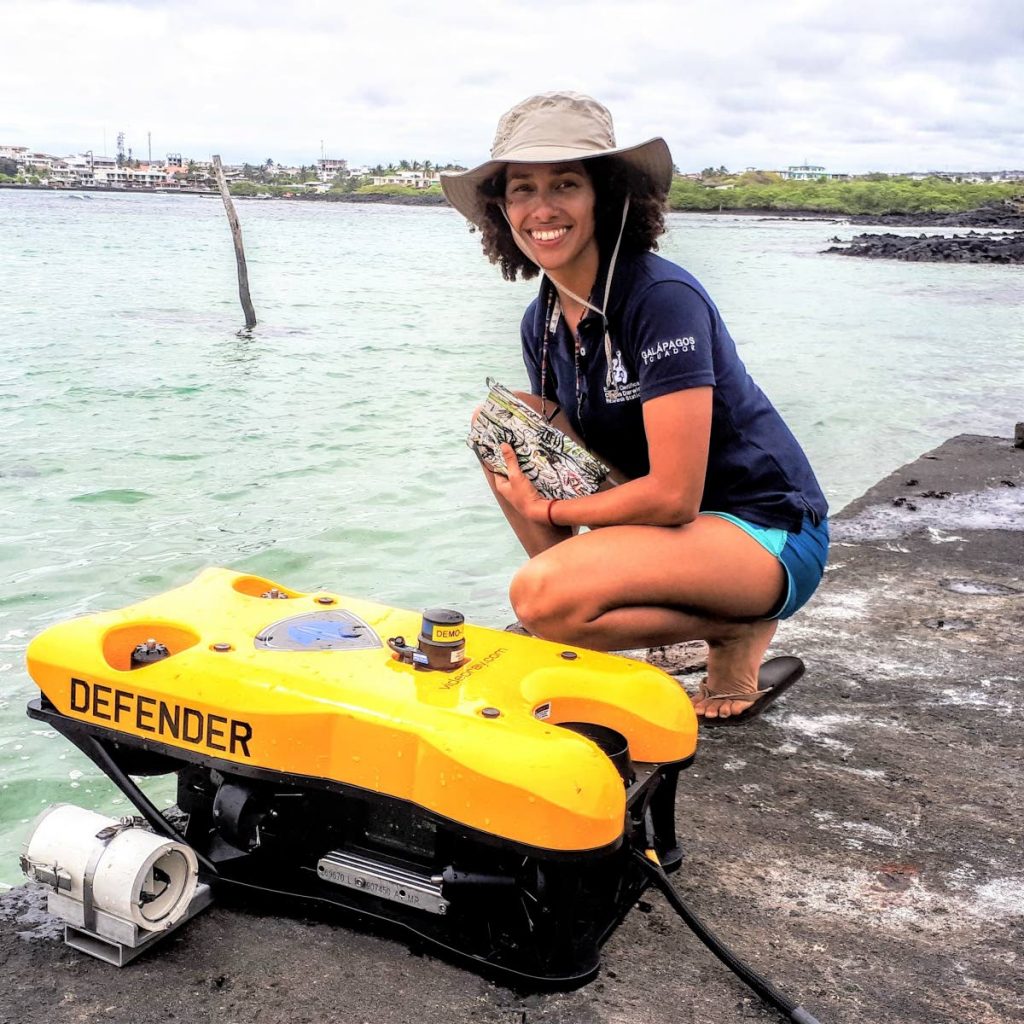
For National Geographic explorer and marine ecologist Salome Buglass, working with the Charles Darwin Foundation to study marine ecosystems and seamounts (underwater mountains) in the Galapagos has been an awe-inspiring experience.
But in some ways, it has also been bittersweet.
Buglass knows that not everyone who enters the field of marine ecology, especially people from minority groups, will have access to the resources needed to become skilled or to have experiences like hers. It’s something she has reflected on throughout her career.
In some of her classes and even research work, Buglass has often been the only person of colour. She thinks society needs to recognise the social inequalities which often exclude minority groups from the field of marine sciences.
So, in 2020, she teamed up with over 200 black marine scientists to create the Black Women in Ecology, Evolution and Marine Sciences (BWEEMS) awareness group.
The group’s purpose is to help expand the global network of black women scientists while pushing scientific boundaries, fostering mentorship, and creating new narratives about black women in science.
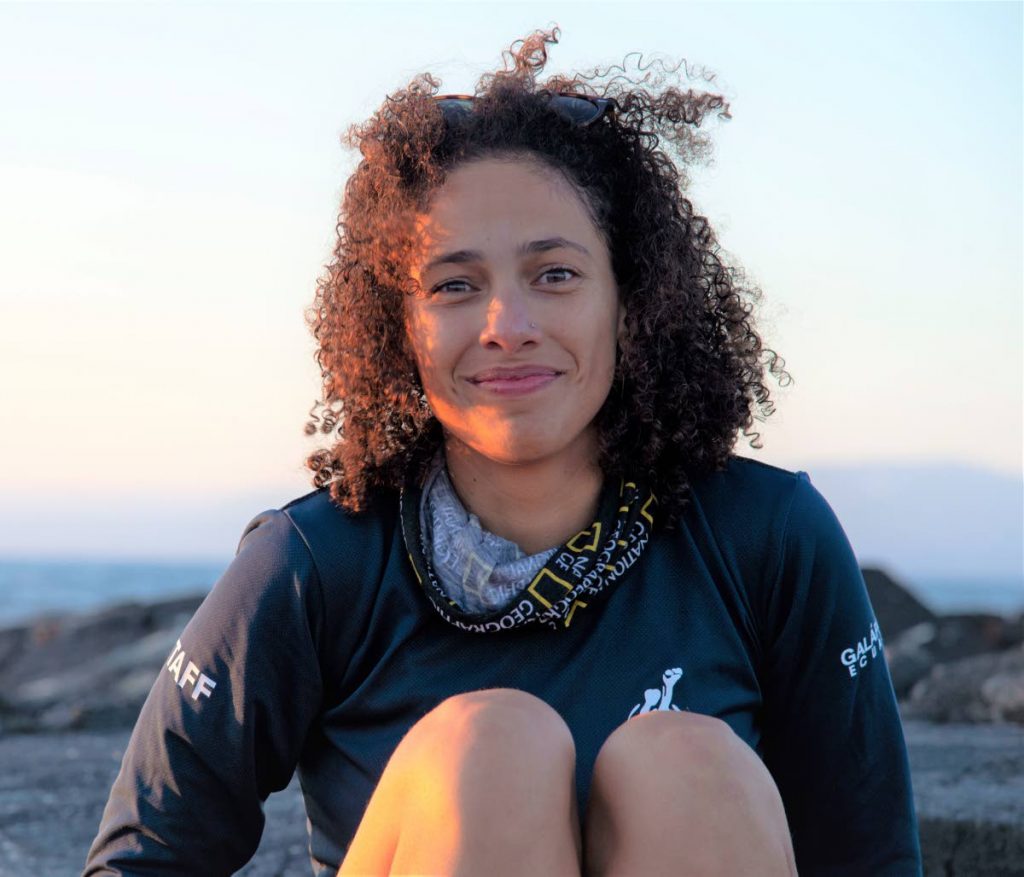
Buglass, 35, described her outlook: “I’m someone who feels, especially with the Black Lives Matter Movement, that we (people of colour) are just trying to work our way up, and sometimes you ignore some of the struggles that hold you down."
Buglass was born in Germany. Her grandmother is Trinidadian, as is her mother. Her father is of English and German descent. She described herself as the typical “Trini callaloo.”
Growing up, she lived in Spain, the Dominican Republic and Ecuador. Her mother worked in coastal resource management and they moved frequently.
She did an undergraduate degree in geography at University College London. In 2009, after completing her degree, Buglass, then 23, moved to TT and gained citizenship.
Here, she got a scholarship with marine-based NGO Coral Cay Conservation. Through this programme, Buglass learned how to dive and assisted in research work assessing the bleaching of Tobago’s coral reefs.
“That was actually my first time when I got introduced into diving, feeling good underwater and just being amazed at everything that was down there.”
This experience started her love for marine ecology.
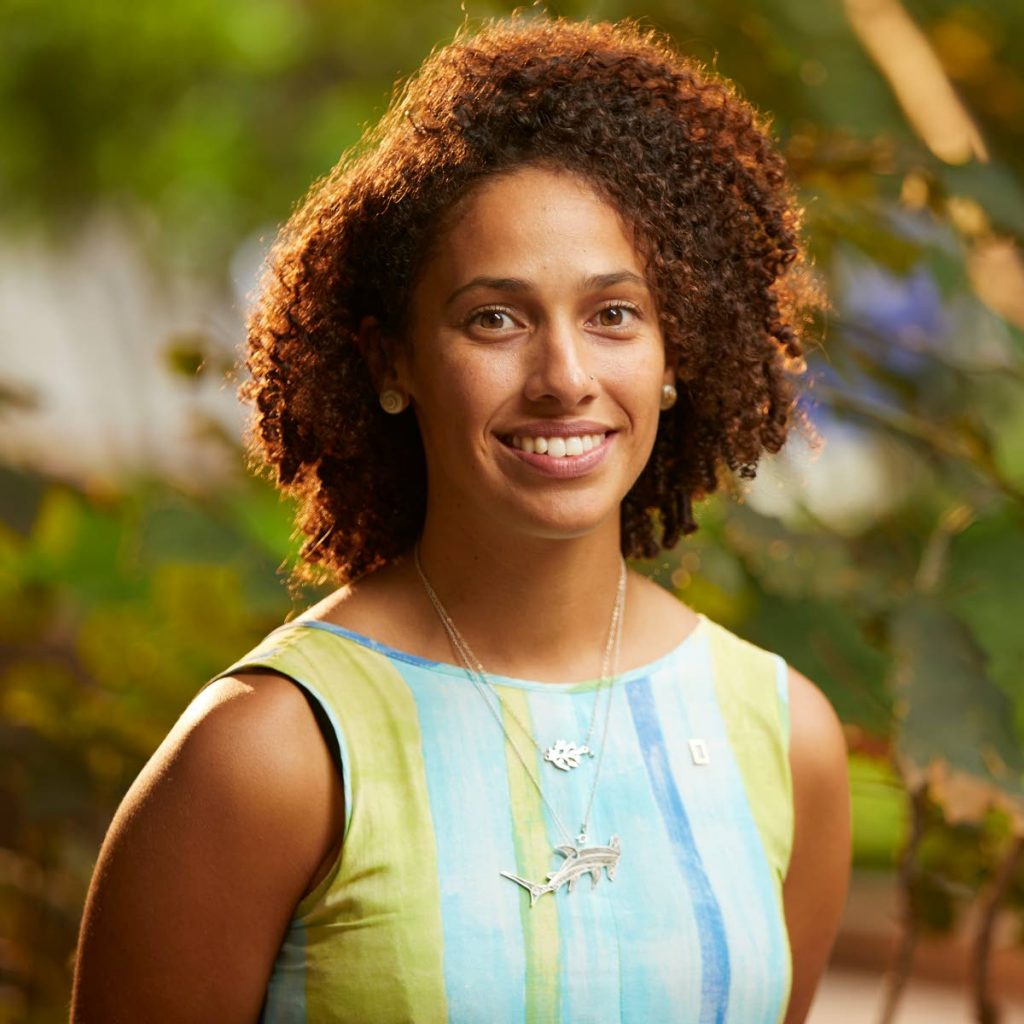
However, after completing her scholarship, she couldn't find any environmental jobs in TT which suited her qualifications. So, she settled for a marketing job and quickly realised it wasn’t her calling.
After three years on the job and feeling unfulfilled, she started to look for other ways to put her marine qualifications to use.
In 2012, she moved to Canada on a scholarship and did a master’s in geography at the University of British Columbia. For the degree’s research, she continued studying the bleaching of Tobago’s coral reefs.
“That (master’s degree) was a very unique opportunity for me to get into marine sciences and actually do research back home. Trinidad definitely felt like a new home to me and reconnect with my roots.”
After completing her master’s in 2015, Buglass got the life-changing opportunity of doing research work in the Galapagos with the Charles Darwin Foundation. At the foundation, she works as part of the Galapagos Seamounts Research Project.
“I think that opportunity paved itself because I had my master’s degree, showed I had fieldwork experience, lots of dives and importantly, I had a scientific publication which was a requirement.
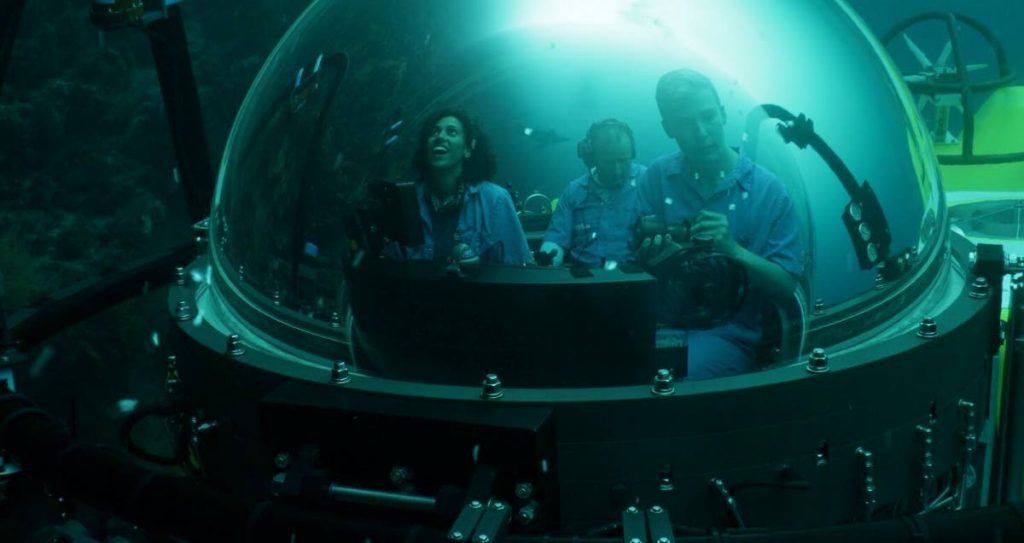
“And, very important…I spoke Spanish. So, it just shows how knowing a second language can be important especially as Ecuador (which is the Galapagos’ mainland) is a Spanish-speaking country.”
In the Galapagos, Buglass studied the islands’ marine ecosystems and seamounts.
Between 2015 and 2016, research was conducted by the Galapagos National Park in partnership with the Woods Hole Oceanographic Institution, Ocean Exploration Trust and National Geographic.
Using mini-submarines and remotely operated vehicles, the research mission collected over 300 specimen samples from the Galapagos’ deep-sea spaces and seamounts.
Buglass helped identify the specimen samples and wrote scientific reports on their characteristics.
To get more funding to study the seamounts, Buglass applied for and successfully secured a National Geographic grant in 2018.
Upon receiving the grant, she was granted the prestigious title of National Geographic explorer. During her grant-funded research, Buglass discovered a kelp forest which was a breakthrough.
“Finding kelp in the Galapagos is like finding a penguin in Barbados.
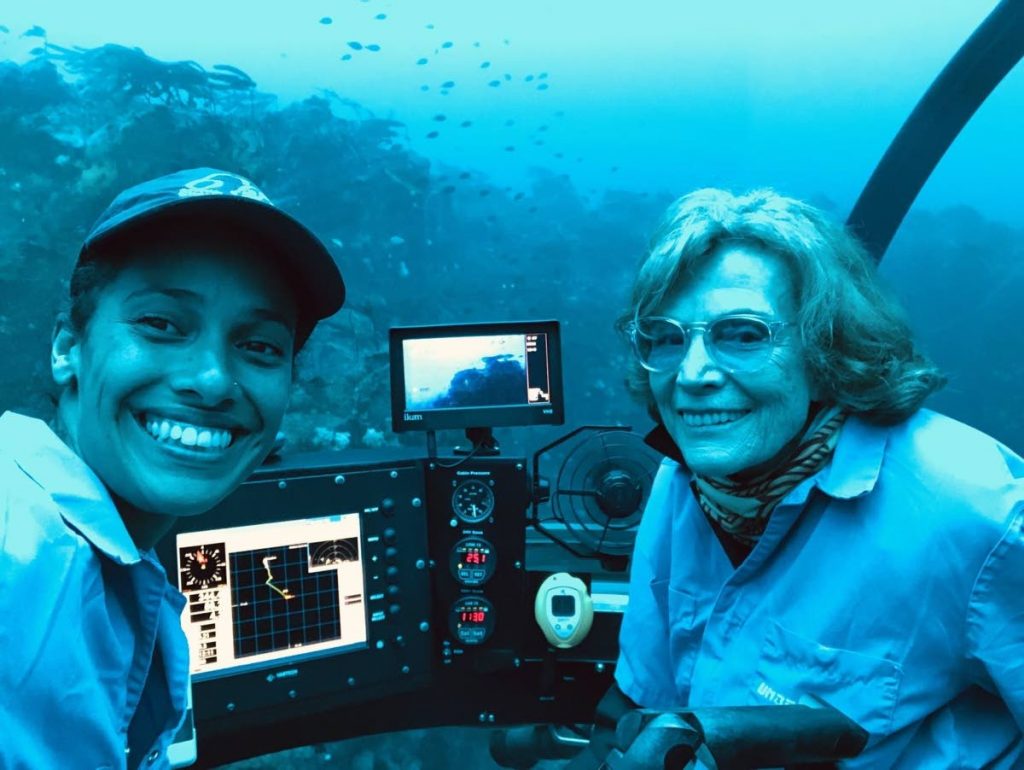
“Kelp is a micro-algae that you usually find in Alaska, Canada and Antarctica. So, finding them in the Galapagos was super cool.
“What I think is particularly amazing about the Galapagos is that its marine environment is one of the few places in the world where you are going to see a penguin and a coral in the same place.
“You’ll also see an Antarctic (marine) species together with a species you’ll see in the Caribbean. You can’t see those things everywhere…it’s because the Galapagos has these cold-water currents and warm water currents which meet at the (Galapagos) archipelago.”
She explained the kelp forest was able to survive due to the cold-water currents and has since visited it in a submarine.
While Buglass fell in love with marine ecology, she admits it wasn’t something she aspired to. She wanted to be a hairdresser. Diagnosed with dyslexia, she found academics challenging.
“As I kid, I considered being a hairdresser and I considered being a seamstress as well, but I wasn’t good at sewing.”
Over time, when she was able to learn more about her dyslexia and navigate its learning challenges, she began to take her academics more seriously.
Her involvement in BWEEMS also motivates her to inspire others to overcome such challenges, especially as a black woman.
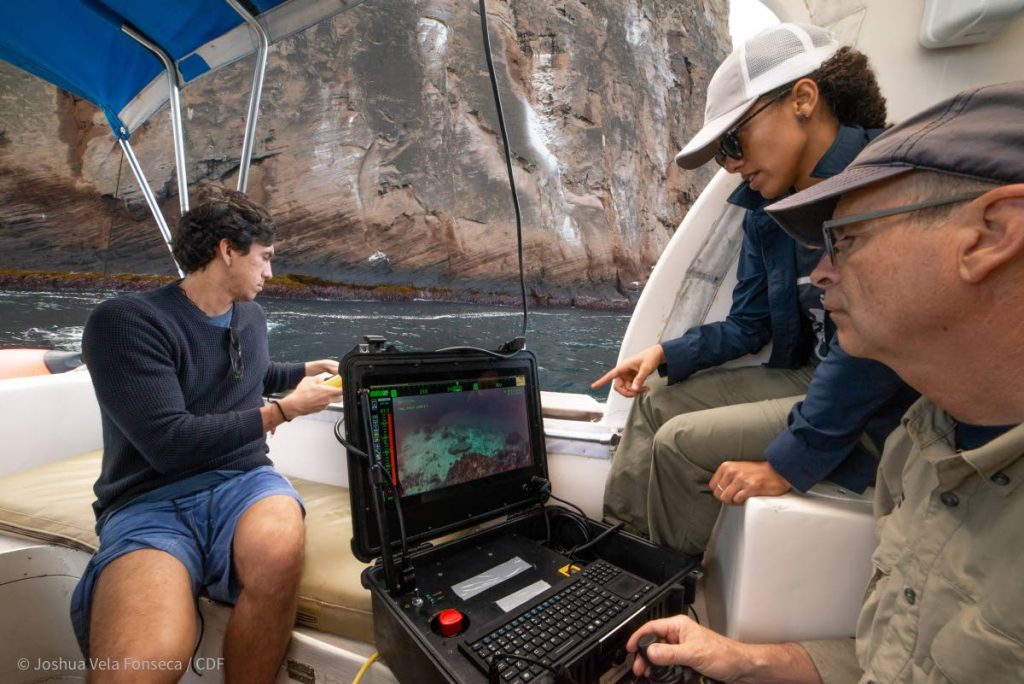
BWEEMS includes women from Canada, the Caribbean, the UK, and the US.
The group hopes to provide the resources and support necessary to make the field of marine ecology more accessible to people from minority groups.
“When I was a kid, I definitely did not have any role models (in the marine science world) especially women of colour. They probably existed but were never celebrated in the media.”
Buglass also wants her work to further the protection of marine environments, especially in the Caribbean. She said more needs to be done beyond the textbook approach to marine protection. The focus shouldn’t only be on teaching people more about marine environments but also ensuring they develop a greater relationship with it.
“Being in the Galapagos gives you an idea of what the marine world was like once. What I have seen (from the Galapagos) is that we have changed our natural environments so much that its really important that we all get out and see it now so that we recognise when we are posing impactful changes."
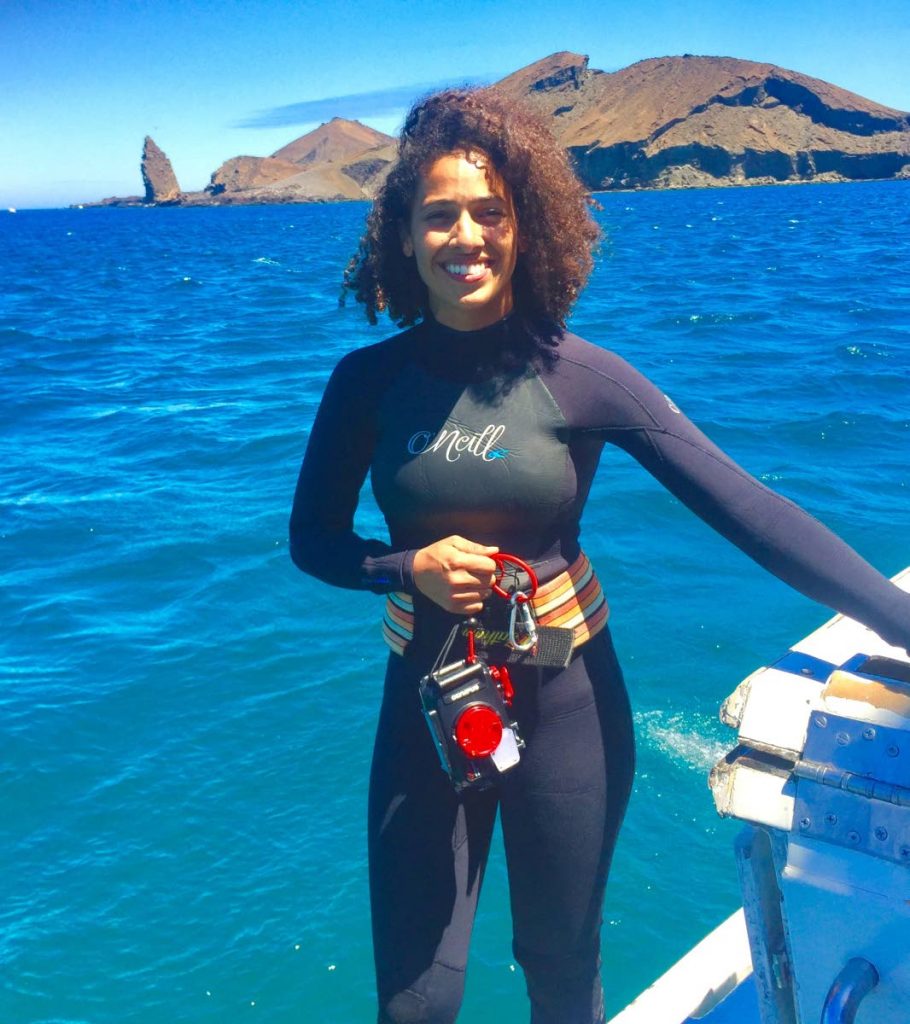
Often, she said, marine environments are protected after they are destroyed.
“It’s not just about declaring protected areas but also actively managing them and guarding them.
"You are only going to protect the things you know about and love. The only way you are going to know about them (marine ecosystems) is if you learn about them and the best way to learn about them is personally experiencing them and falling in love with them.”
In the Caribbean, Buglass is calling for more programmes which expose children to marine environments which can help improve their awareness of the ocean’s importance and get comfortable being in water.
Though she continues her work with the Charles Darwin Foundation, Buglass moved to Canada last year to begin work on her PhD studies at the University of British Columbia. Her doctoral research will continue looking at the kelp forests she found in the Galapagos.
However, covid19 has affected her ability to properly start research work.
“Sadly, because of covid19, I have not been able to go back to the Galapagos to do my fieldwork. But I’m planning my doctoral research.
“I’ve just finished the proposal and I’m planning to study the kelp forest. I want to understand what their ecological role is because they are known for being biodiversity hotspots and very productive."
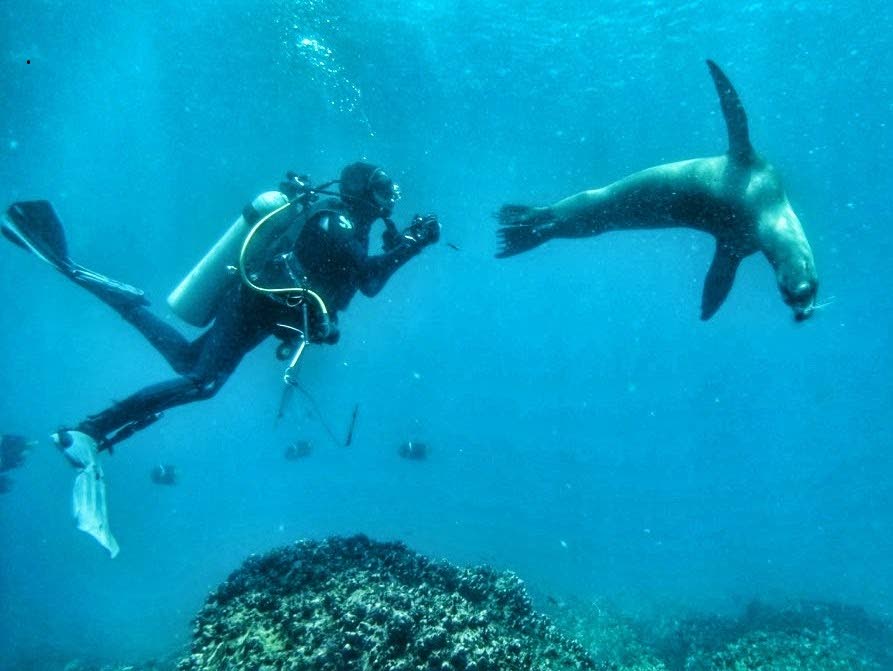
She is also hoping to study how changes in sea surface temperature, due to climate change, affects marine ecosystems at lower depths in the ocean.
“With this research, I hope to shine a light on the importance of doing deep-sea research and researching beyond our coastlines.
“When we think of marine ecosystems, we mostly can only think of the marine ecosystems that are in the coastal shallow areas and that’s because scuba diving only lets us go down to 40 metres safely. So, what we understand about our oceans is very limited and most of it is deep-sea.
“We may be damaging important parts of our ecosystems that we don’t even know exists.”
Follow Salome Buglass’s scientific adventures on Twitter @bugsalome while more information about her work with the Charles Darwin Foundation can be found at www.darwinfoundation.org


Comments
"Galapagos explorer Salome Buglass opens door for black women in marine science"